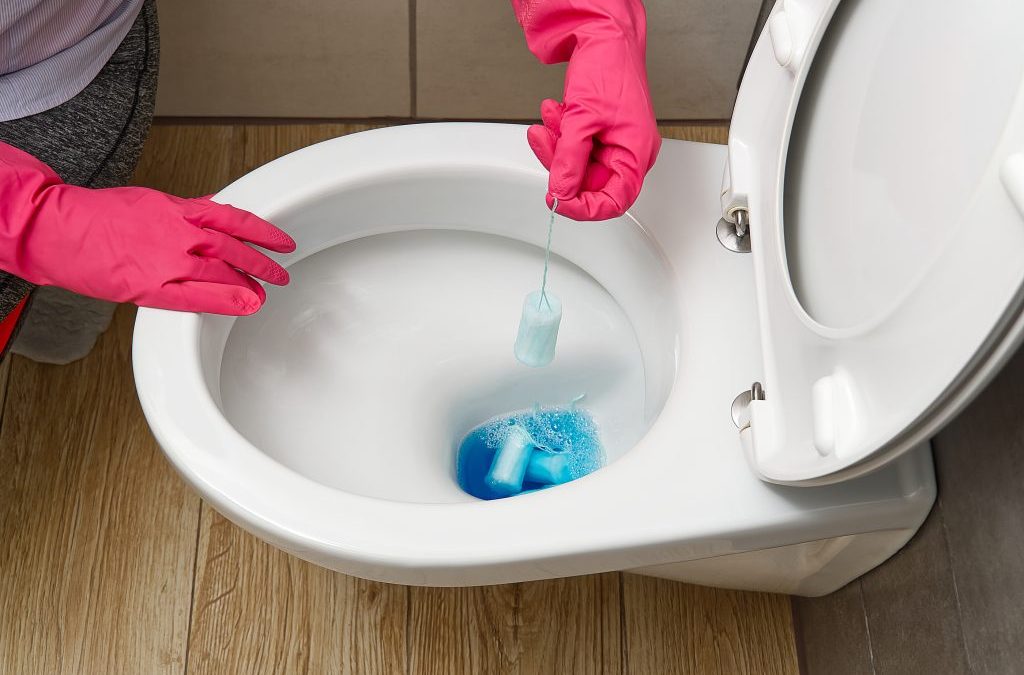When faced with a clogged toilet, it’s easy to feel a mix of frustration and urgency. The inconvenience disrupts your daily life, making it essential to find a quick and effective solution. Fortunately, unclogging a toilet drain doesn’t have to be a daunting task. With the right approach and a little know-how, you can resolve the issue promptly, ensuring your toilet is back in working order.
This guide aims to provide you with comprehensive insights into unclogging toilet drains. By understanding the causes of clogs and exploring various unclogging methods, you’ll be equipped to handle this common plumbing problem with ease. Let’s embark on a journey to ensure your toilet functions smoothly, keeping your household running without a hitch.
Quick Summary: To effectively unclog a toilet drain, start with a plunger, then move on to a plumbing snake if necessary. For tough clogs, a mixture of hot water and dish soap can help, but don’t hesitate to contact drain cleaning services for persistent issues.
Understanding Toilet Clogs
Identifying what causes toilet clogs is the first step towards solving the problem. Common culprits include excessive toilet paper, foreign objects, and build-up of waste material. Knowing the cause of the clog can help you choose the most effective method to fix it and prevent similar issues in the future.
Regular maintenance and cautious use of your toilet can minimize the risk of clogs. Avoid flushing items that don’t dissolve easily, such as wipes, sanitary products, and paper towels, as these are frequent causes of blockages.
Manual Methods: Plunger and Plumbing Snake
The first line of defense against a clogged toilet is often a good plunger. A proper plunging technique involves creating a firm seal around the drain and applying vigorous, consistent pressure. This action can dislodge most clogs without the need for professional tools.
If plunging doesn’t resolve the issue, a plumbing snake or auger can be the next step. Carefully feed the snake into the toilet drain to break apart or retrieve the obstruction. This tool is particularly effective for clogs that are located deeper within the drain pipe.
Plunging a toilet requires a different shaped plunger than one you would use for a blocked sink drain.
Alternative Solutions: Hot Water and Dish Soap
For clogs that aren’t too severe, a combination of hot water and dish soap can work wonders. Pour a generous amount of dish soap into the toilet bowl followed by hot water. The soap can help lubricate the clog, while the hot water softens it, making it easier to flush away.
This method is gentle on your plumbing and environmentally friendly, making it a great first step before resorting to more aggressive measures. Allow the mixture to sit for several minutes before attempting another flush.
Chemical Cleaners: Use With Discretion
Chemical drain cleaners are available for toilet clogs, but they should be used with caution. These chemicals can be harmful to your plumbing system and the environment. Always read the label for proper use and safety precautions.
Consider using eco-friendly alternatives or sticking to manual methods when possible. If you must use a chemical cleaner, choose one that is safe for toilets and septic systems to minimize the risk of damage.
Professional Help for Stubborn Clogs
When all else fails, it’s time to call in the experts. Persistent or recurring clogs may indicate a deeper issue that requires professional attention. Top plumbers in Dayton, OH can efficiently diagnose and resolve the problem, ensuring your toilet operates smoothly.
Professional plumbers have the tools and expertise to handle any plumbing challenge, from simple clogs to more complex issues. Don’t hesitate to reach out if you’re unable to clear the clog on your own.
Preventing Future Clogs
Maintaining a clog-free toilet is easier with a few preventative measures:
- Flush only toilet paper and human waste.
- Regularly clean your toilet and keep the bowl and trapway clear.
- Consider installing a toilet with a larger trapway to prevent clogs.
By following these practices, you can significantly reduce the likelihood of future clogs and ensure your toilet remains in good working order.
In conclusion, unclogging a toilet drain can range from straightforward to challenging, depending on the severity of the clog. This guide has provided you with various techniques to tackle the problem, from DIY solutions to knowing when to seek professional assistance. Remember, prevention is key to avoiding future issues. If you’re in need of expert help, consider contacting a plumber in Miamisburg, Centerville, Kettering, or Beavercreek for reliable drain cleaning services. Keep your home’s plumbing flowing smoothly with the support of experienced professionals.

